20 - Abraham and Daniel in the "Overmountain" of NC
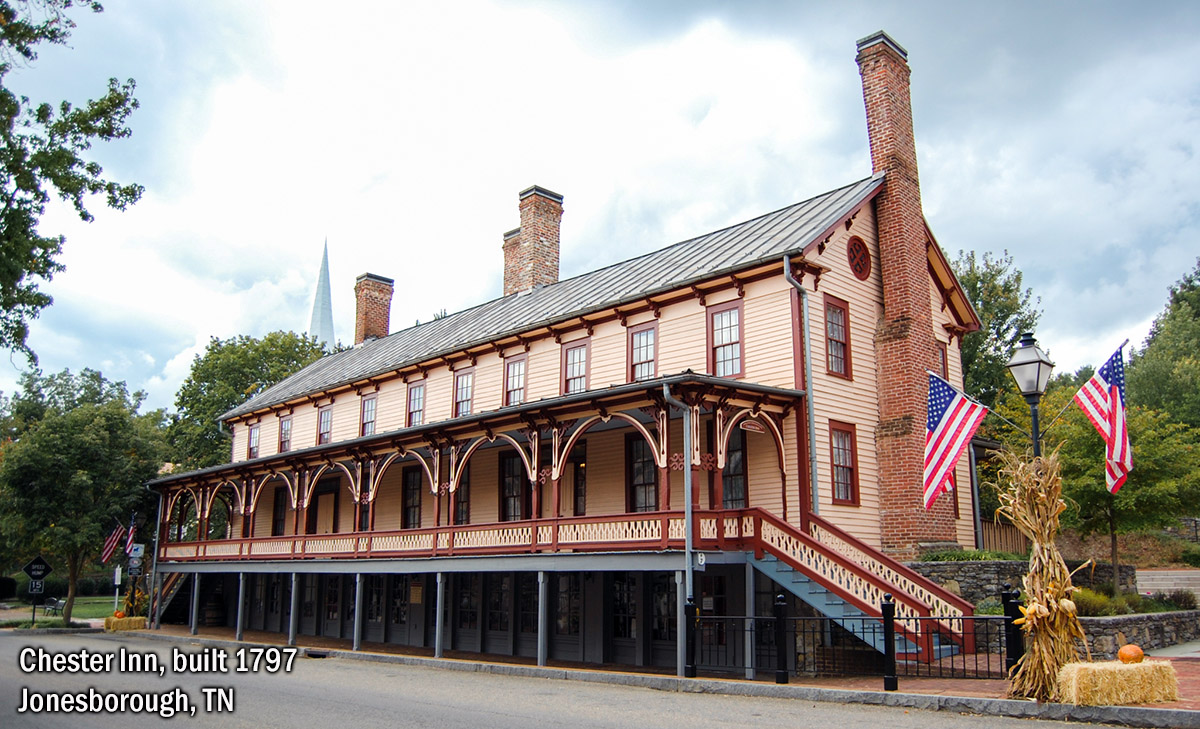
For approximately 10 to 15 years, Henry Hiestand’s “boys”–Daniel and his older brother Abraham–lived in the “Overmountain” region of Western North Carolina. Well, that’s not totally accurate because that area became part of the 16th state of the USA, Tennessee (1796), while they were living there. Initially western North Carolina was a wilderness–a wilderness contested by Cherokee Indians. Jonesborough was founded in 1779, 17 years before Tennessee became a state and about four years before Abraham and Daniel moved there. The specific location where Daniel lived in Washington County is unknown, but we know that Abraham purchased land on Cherokee Creek, just a few miles south of Jonesborough. Daniel, apparently, did not own property there and pretty much lived “under the radar” in Washington County–except for one key event I will present in the next chapter.
Two of Abraham Hiestand’s Tracts of Land in Washington County
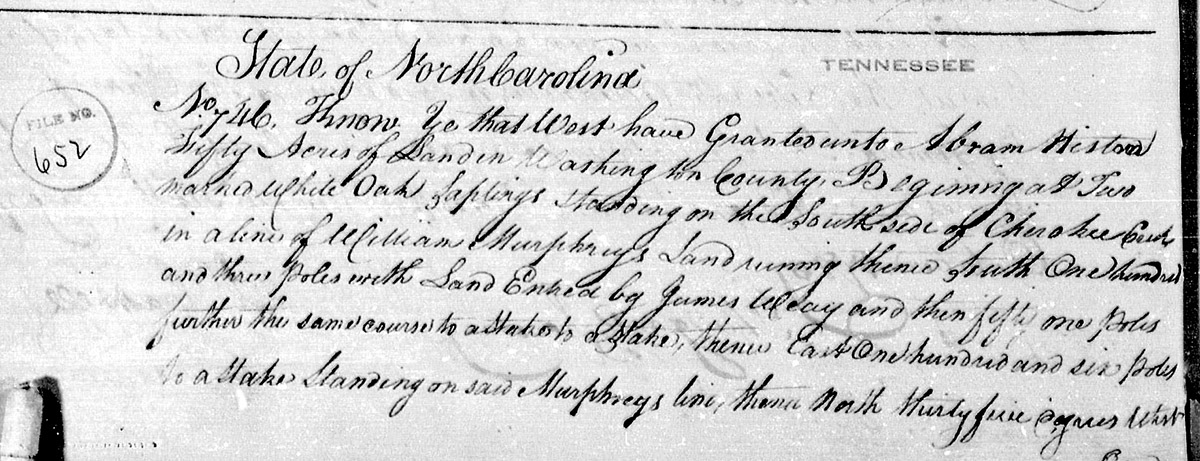

Brief Historical Overview of Now-Upper East Tennessee

By May 1772 there were enough brave settlers living in North Carolina’s non-governed western wilderness (upper east of now-Tennessee) to form a quasi-government they called the Watauga Association. The Association was needed to manage land affairs, establish a frontier court, and band the folks together for protection against Native American attacks. “On July 5, 1776, the Watauga settlers sent a formal petition to the North Carolina General Assembly requesting to be annexed and organized into a frontier district or county. In April 1777, North Carolina accepted their petition…and established the Washington District,”[i] the first geographical area named for George Washington.
[i] Kevin T. Barksdale, The Lost State of Franklin: America’s First Secession. (Lexington, KY: The University Press of Kentucky, 2009), 21.
The Washington District became Washington County seven months later and included “all of present day Tennessee except for” some settlements that were thought to belong to Virginia at that time.[i] As settlers continued to pour in and the population of Washington County grew, Sullivan County was split (mostly) off Washington in 1779 and Greene County was formed from Washington in 1783. In 1787, Hawkins County was created out of Sullivan County. Until 1790, all four of these counties were in western North Carolina.
[i] Loraine Rae, Washington County, Tennessee: Deeds, 1775-1800. (Greenville, SC: Southern Historical Press, 1991), 11.
Brothers Abraham and Daniel Hiestand moved away from Powell’s Fort Valley in Shenandoah County, Virginia, with their families, sometime in 1783, or maybe even before then. Daniel may have travelled through the Piedmont region of North Carolina and sojourned there for a short time, but there is no hard evidence to prove or disprove that speculation. What we do know is that Abraham served on a jury in Washington County, Tennessee on July 15, 1783 and Daniel cast a ballot at Jonesborough in Washington County during the third week of August 1786.
Political Changes
Before Abraham and Daniel left what we now know as East Tennessee, there were several major political changes. “East Tennessee” was a part of the…
- State of North Carolina until December 14, 1784
- State of Franklin, from December 14 to March 1, 1788 (more about the State of Franklin in the next article)
- State of North Carolina (again, but briefly), from March 1, 1788 to May 25, 1790
- Southwest Territory of the United States, from May 26, 1790 to May 31, 1796
- State of Tennessee, from June 1, 1796 and on
I’ll have more to say about some of these in the next article.
Indian Conflicts
Pioneering white families endured fears of being scalped alive or brutally tortured or killed, fears of being taken captive perhaps never to return to their families, fears of rape or watching their wives and daughters raped, fears of witnessing their infant children or other loved ones “brained”—their brains bashed out by tomahawks or heads being slammed against a rock or tree. In his 1823 The Civil and Political History of the State of Tennessee, John Haywood, known as “the Father of Tennessee History,” summed this scenario up in these words: “Indian visitations assailed them incessantly. The settlers on the Holston at last seemed to hold their lives only by the permission and at the will of the Cherokees.”[i] But we must keep in mind that those Native Americans were fighting for lands they had owned and hunted in for centuries.
[i] Haywood, 150.
For the first ten years our Hiestands lived in eastern Tennessee, the feared tomahawk was never far away from them and was certainly not safely buried as it had been earlier where they came from in the Shenandoah Valley of Virginia. We who are descendants of Abraham or Daniel Hiestand should never forget the treacherous “bloody” wilderness they entered and the determination they had to push through it in order to reach a destination where they could settle down, eke out a living, and raise their families—our Hestand or Haston ancestors.
The Tales of Two Early Baptist Churches
The most helpful set of early and surviving east Tennessee records for the Hiestands (especially Abraham’s family) are minutes from business meetings of two Baptist churches, the Cherokee Creek Baptist Church in Washington County, near Jonesborough, and the Big Pigeon Baptist Church in what is now Cocke County, near the town of Newport. Fortunately for us, those records have remained intact to this day and have been preserved on microfilms and in printed transcriptions.
Cherokee Creek Baptist Church in Washington County, TN

Some of the early settlers in the Cherokee Creek area of Washington County began meeting for services in about 1780, very soon after they arrived there. On April 2, 1783, the Reverend William Murphy was installed as pastor of the Cherokee flock, marking the first recorded meeting of the congregation. On the first Saturday in September (September 6) 1783, founding members signed the church covenant and officially constituted the group as a church. The church was originally named “Baptist Church of Christ at Cherokee.
Abraham, and his wife Magdelena, were founding members of this church. But our Daniel and his wife were not founding members. In fact, the only Daniel Haston who was an early member of the church was probably Abraham’s son, Daniel.
Cherokee Baptist Church is the oldest continuous Baptist church in the state of Tennessee.
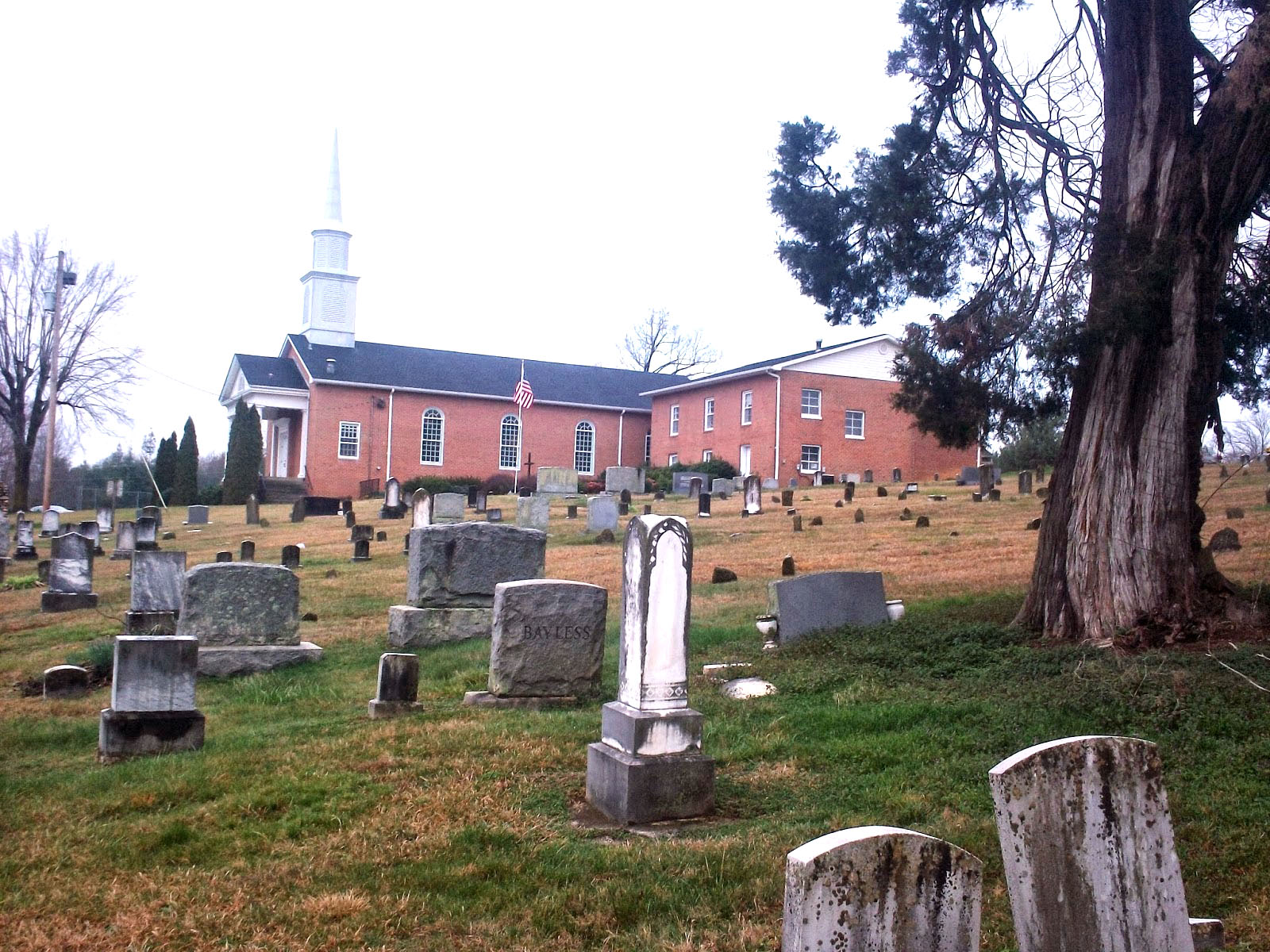
Big Pigeon Baptist Church in what is now Cocke County, TN
The Big Pigeon Baptist Church was located about 50 miles southwest of Jonesborough of Washington County–about half way between Jonesborough and Knoxville. In 1792 Abraham moved his family in that direction and became active members of this primitive Baptist Church.
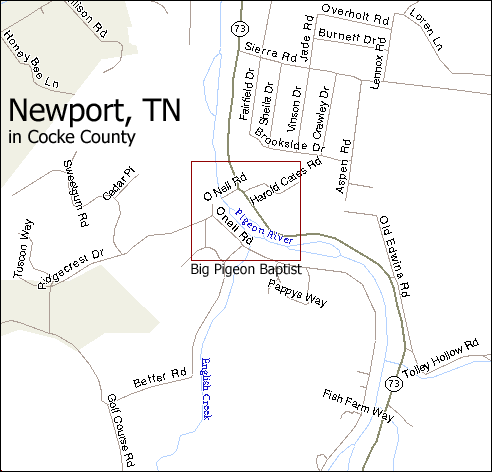
In spite of knowing the risks involved, white settlers continued to push deeper south toward and into Cherokee Indian territory. One such group consisted of Baptists. “In the latter part of the year 1785, and in the spring of 1786” a settlement on the Big Pigeon River in what is now Cocke County, Tennessee “was visited by Jonathan Mulkey and William Reno, Primitive Baptist preachers.” As a result of those meetings, William Whitson and Abraham McKay were chosen to represent the Big Pigeon Baptists at the 1786 Holston Baptist Association meeting to petition for “permission and the assistance of two ministers to establish a Primitive Baptist church” in their community. “Accordingly, on the 6th day of December 1787, the Rev. (Elder) Isaac Reno, and others met at the house of James English on Big Pigeon River and constituted, as they expressed it, the Primitive Baptist Society on Big Pigeon River.”[i]
[i] W.J. McSween, “Early Recollections of Newport and Cocke County,” Newport Times, 1903. Accessed, June 5, 2019, http://www.pblib.org/FamHist-CockeTN.html.
Initially, the Big Pigeon congregation consisted largely of members who transplanted from the same area of the Shenandoah Valley of Virginia as our Hiestands. At least half of the founding members of this primitive Baptist church were from Shenandoah County. Both churches – Cherokee Creek Baptist and Big Pigeon Baptist – had connections back to the Mill Creek Baptist Church of Virginia that was located near the Henry Hiestand farm. These two Tennessee churches seem to have considered the Shenandoah (now Page) County, VA church as their “mother church.”
On June 15, 1792, Abrm. Heaston, Sr. joined the Big Pigeon Baptist Church. Magdelean Heaston, presumably Abraham’s wife, had joined by letter three months earlier, March 10, 1792. For the next six years, Abraham was involved in some lay-leadership roles in the Big Pigeon Baptist Church.

Thankfully, records for both of these churches still exist. I’ve extracted Hiestand (Heaston) family church information from the minutes of those churches.
"Stay Tuned" for the Continuation of this Story--Next Article.
Do you know about the “Lost State of Franklin” that never quite became a state of the United States? Our Daniel Haston was “fer it” as and not “agin it” as some of our older Tennessee kin folks might say. That’s coming up in the next article.
Then, in the article to follow I’m going to tell you about a whole clan of Hestand folks–Abraham’s family–who settled in and spread throughout South Central Kentucky. They even got a village named after them–Hestand, KY.
Jonesborough, TN - A Great Place to Visit & Re-live History
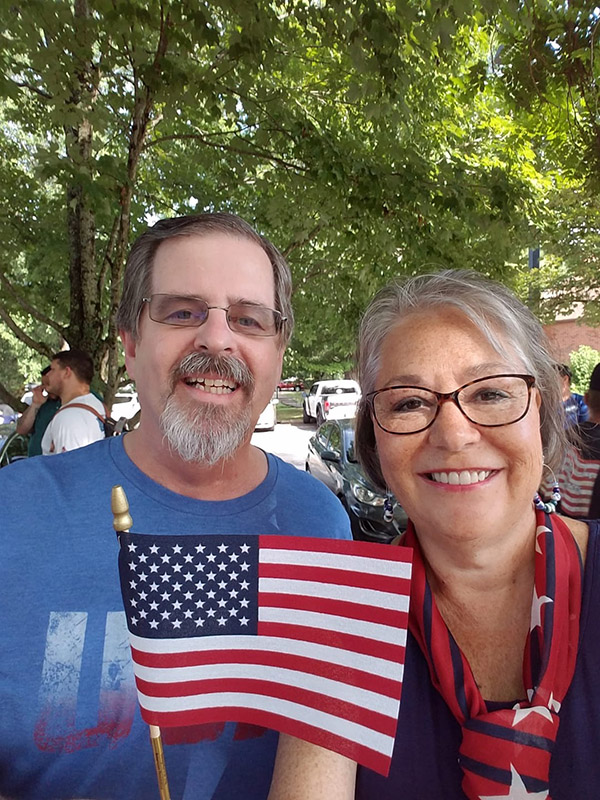
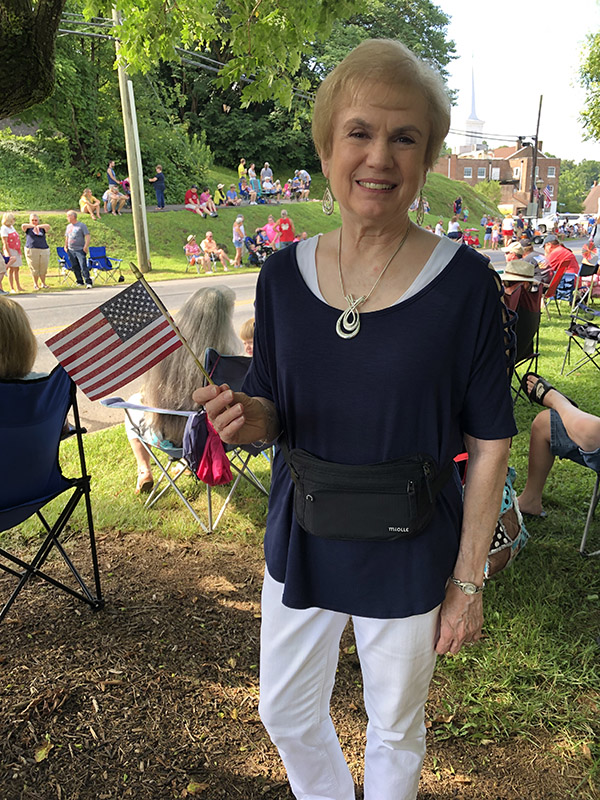
I highly recommend you put Jonesborough, TN in your “bucket list” of places to spend a few days. Their July 4th celebrations are fantastic! But anytime, Spring-Fall, is good.
If you appreciated this article, please share it with others who might also enjoy it.

